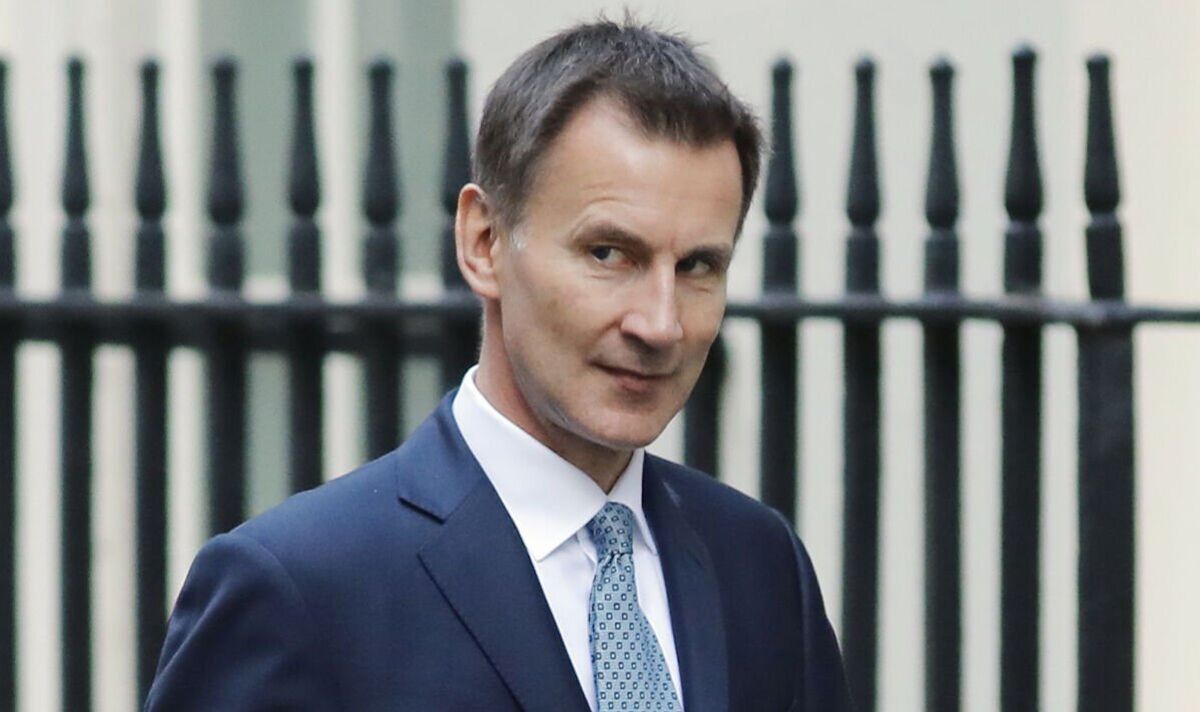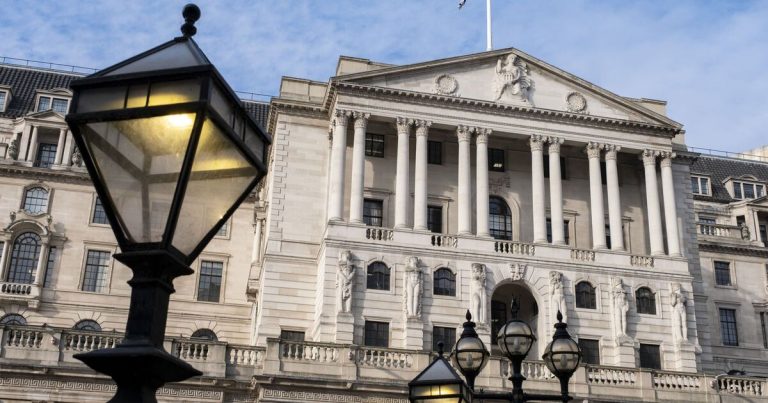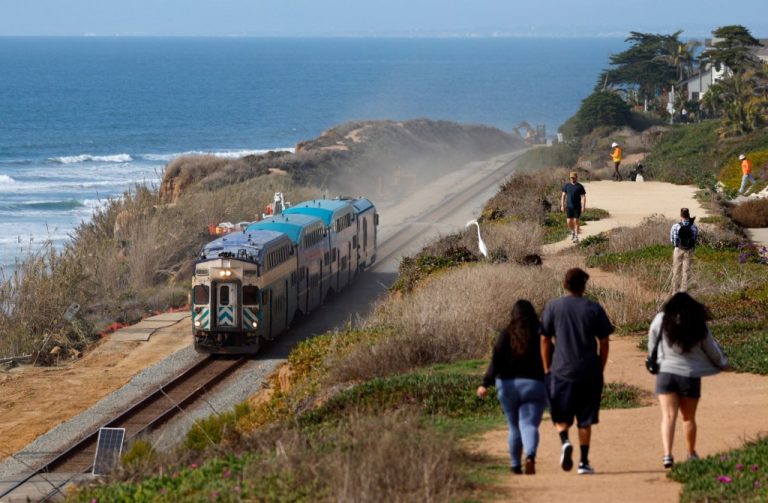
Ministers face a hefty bill to cover the costs of the increase to the state pension and other pensioner benefits, an expert has warned.
OBR forecasts show spending on pensioner benefits including the state pension, Pension Credit and the Winter Fuel Payment, could increase to £172.2billion for the 2028/2029 tax year, a 36 percent increase of almost £50billion compared to this financial year.
Gary Smith, retirement specialist at UK wealth firm Evelyn Partners, warned the rising costs of the state pension is piling pressure on Government coffers.
He told Express.co.uk: “There’s no doubt the 10.1 percent increase in this financial year and the 8.5 percent increase due in April have focused attention on the triple lock – even though its defenders would say that is exactly why it exists, to protect pensioners against high inflation and to maintain their minimum living standard in line with wider society.
“It seems unlikely that increases of the same magnitude will follow in subsequent years but as noted, even without that, the expense of the state pension is huge and escalating so if the triple lock were to stay then something would have to give and that would probably be the state pension age.”
Mr Smith warned that extending the state pension age could cause inequality in favouring those who live longer and are better off, while putting the state pension further out of reach for current working age Britons.
He said: “The alternative is finding a mechanism that results in less dramatic increases in the value of the state pension, whilst also providing a decent minimum standard of living for retirees who rely on it and meeting generally accepted principles of fairness.
“A Labour Government might find it easier to address this as older cohorts tend to comprise less of their core support than is the case for the Conservatives.”
With the 8.5 percent increase next April, the full new state pension will increase from £203.85 a week to £221.20 a week while the full basic state pension will increase from £156.20 a week to £169.50 a week.
The Institute for Fiscal Studies (IFS) recently published a report looking at the rising costs of the state pension. The group suggested an alternative model to the triple lock.
This would involve payments rising in line with average earnings growth during ‘normal’ years, where average earnings outpaces inflation.
In years where inflation outpaced average earnings, payment would go up in line with inflation, and afterwards would continuye rise in line with inflation even as real earnings growth recovered, “in order to ensure the long-run relationship between the state pension and average earnings is maintained”. This is the same way the Australian state pension increase is determined.
The IFS said: “The clearest and simplest way to move towards long-run earnings indexation would be for the Government to decide a target level for the nSP (new state pension) relative to median earnings and legislate a pathway consistent with meeting that level by a specific date.
“This would be analogous to what recent governments have done with the minimum wage. Upon reaching that target level, the government would then move to our suggested indexation rule of long-run earnings indexation (with inflation protection in each year).”
For the latest personal finance news, follow us on Twitter at @ExpressMoney_.






